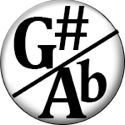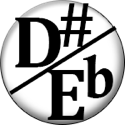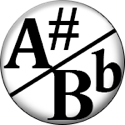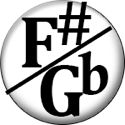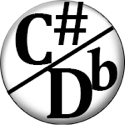Sus2 Triad Arpeggios - All Inversions
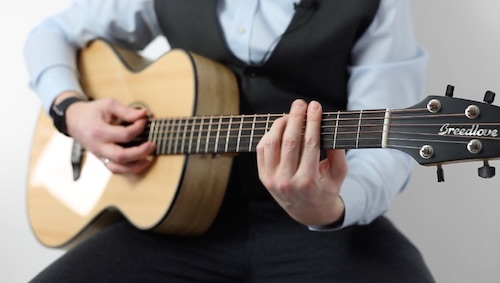
Sus2 Triad Arpeggios Hi, I'm Grey and this is Hub Guitar. In this quick video, we'll take a look at the sus2 triad in arpeggio form. The suspended triads are really interesting because they are all inversions of each other, more or less. For example, this Fsus2 triad contains the notes F, G and C. Flip it inside out and start it from C and you've got the same notes as the Csus4 triad: C is the root, F is the 4th and G is the 5th. And wait a minute, start it from G and you've got basically a G7sus4 triad. But without the fifth. G is the root, C is the suspended 4th and F is the flatted 7th. That's why these three structures sound the same. Because they kind of are. But this isn't a lesson about theory, and you actually don't need to have a complete understanding of the theory to learn how to play the arpeggios well. Here's the root position F sus2 triad. [demonstrate] Here's the first inversion Fsus2 triad. Note that if we regard the G as t he root, then this becomes a G7sus4, basically, but without the fifth which would be D. [demonstrate] Here's the second inversion Fsus2 triad. Note that this is exactly the same as a Csus4 triad. [demonstrate] So those are the arpeggios. Study them up and down the neck, and apply them to your own playing!
Below are arpeggios for sus2 triads, all inversions. Learn them all, and then learn to apply them all to your playing.
F Suspended 2nd Arpeggio, Root
Can be played in position I or position XIII (as below).
F Suspended 2nd Arpeggio, 1st Inversion
The “G” on the high E string can be moved to the 2nd string.
F Suspended 2nd Arpeggio, 2nd Inversion
The “F” on the low E string can also be played on the 5th string for easier fingering.
Key Tasks
- Memorize all sus2 patterns.
- Practice the patterns with a metronome; the 6-note beat grouping is often used for triad arpeggios.
- You can also apply the arpeggios over an Fsus2 chord.
 As the creator of Hub Guitar, Grey has compiled hundreds of guitar lessons, written several books, and filmed hundreds of video lessons. He teaches private lessons in his Boston studio, as well as via video chat through TakeLessons.
As the creator of Hub Guitar, Grey has compiled hundreds of guitar lessons, written several books, and filmed hundreds of video lessons. He teaches private lessons in his Boston studio, as well as via video chat through TakeLessons.




